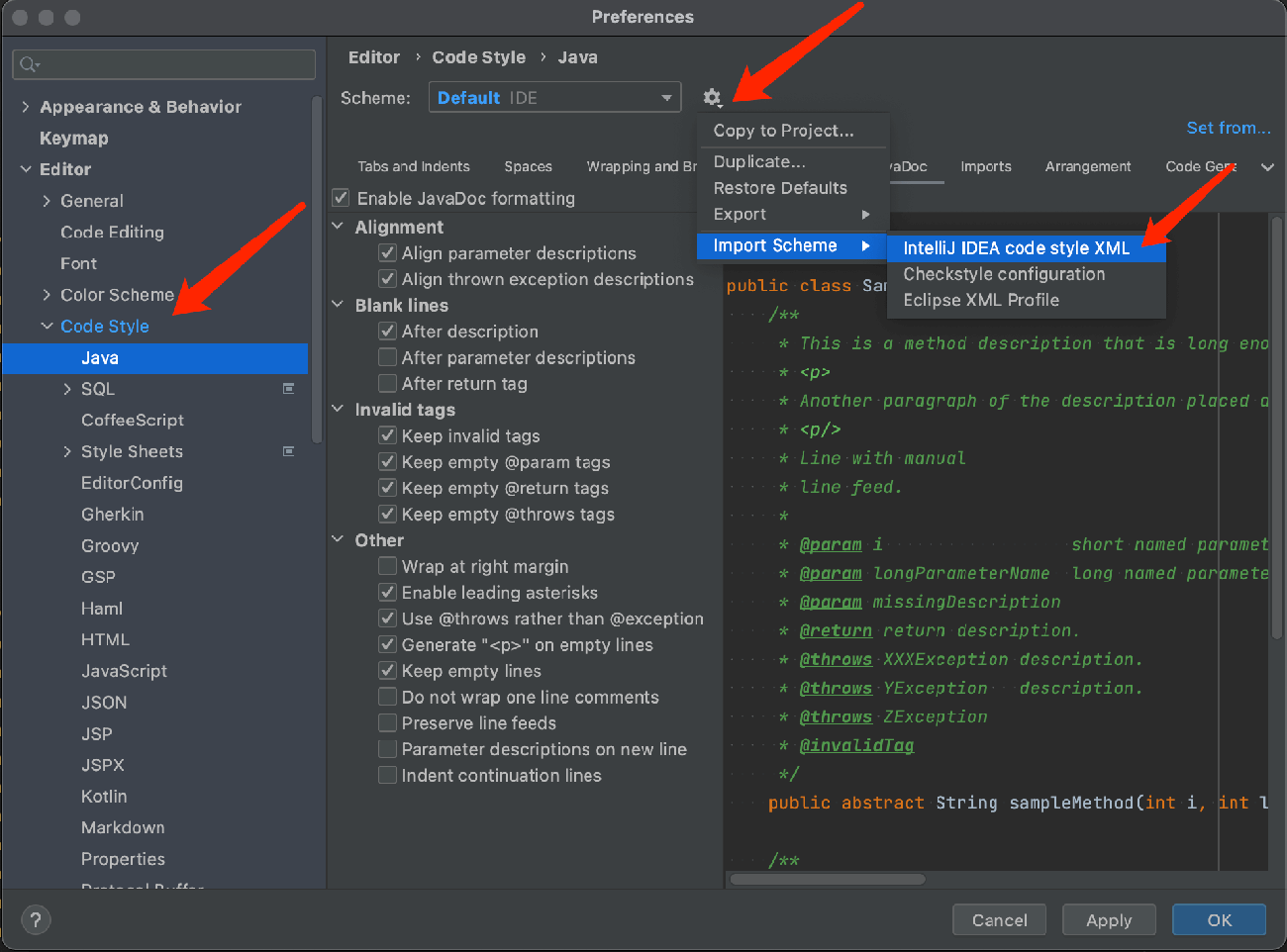Both
ArrayListandLinkedListhave their own pros and cons, and the choice depends on your specific needs. Understanding their internal workings and performance characteristics can help you make more informed decisions during development. This article aims to help you flexibly use these two collection classes in Java development.
In Java development, selecting the appropriate collection class is crucial for performance and functionality. ArrayList and LinkedList are two commonly used collection classes that implement the List interface. They each have their strengths and weaknesses, making them suitable for different scenarios. This article provides a detailed analysis of the characteristics of ArrayList and LinkedList, along with example code to help you understand how to make the best choice in various situations.
ArrayList
ArrayList is a dynamic array, implemented based on arrays. Its main advantage is fast access speed, but it performs poorly when inserting and deleting elements, especially in the middle or beginning of the array.
Advantages
Fast random access:
ArrayListsupports O(1) time complexity for random access, as it is internally implemented as an array.Space efficient: Compared to
LinkedList,ArrayListconsumes less memory because it doesn’t need to store additional pointers for each element.
Disadvantages
Slow insertion and deletion: Inserting or deleting elements in an
ArrayList(especially in the middle) causes reallocation and shifting of elements, with a time complexity of O(n).Fixed capacity limitations: While
ArrayListcan dynamically expand, when it needs to expand, it incurs performance overhead for array copying.
Suitable Scenarios
When the list size is relatively fixed or doesn’t change frequently.
When frequent access to elements is required.
Example Code
import java.util.ArrayList;
public class ArrayListExample {
public static void main(String[] args) {
ArrayList<String> arrayList = new ArrayList<>();
// Adding elements
arrayList.add("Java");
arrayList.add("Python");
arrayList.add("C++");
// Accessing elements
System.out.println("Element at index 1: " + arrayList.get(1));
// Inserting elements
arrayList.add(1, "JavaScript");
System.out.println("After insertion: " + arrayList);
// Removing elements
arrayList.remove("Python");
System.out.println("After deletion: " + arrayList);
}
}LinkedList
LinkedList is a doubly linked list, where each element is a node that contains data and pointers to both the previous and next nodes. Its main advantage is fast insertion and deletion, but it has slower random access speed.
Advantages
Fast insertion and deletion:
LinkedListcan insert or delete elements at any position with O(1) time complexity by adjusting the pointers of the related nodes.No capacity limit:
LinkedListhas no fixed size limit and can dynamically grow as elements are added or removed.
Disadvantages
Slow random access: Accessing elements in a
LinkedListrequires traversing from the head node, with a time complexity of O(n).High memory consumption: Because each node needs to store additional pointers,
LinkedListconsumes more memory thanArrayList.
Suitable Scenarios
When the list size changes dynamically and there are frequent insertions and deletions.
When frequent access to elements is not required.
Example Code
import java.util.LinkedList;
public class LinkedListExample {
public static void main(String[] args) {
LinkedList<String> linkedList = new LinkedList<>();
// Adding elements
linkedList.add("Java");
linkedList.add("Python");
linkedList.add("C++");
// Accessing elements
System.out.println("Element at index 1: " + linkedList.get(1));
// Inserting elements
linkedList.add(1, "JavaScript");
System.out.println("After insertion: " + linkedList);
// Removing elements
linkedList.remove("Python");
System.out.println("After deletion: " + linkedList);
}
}How to Choose
When choosing between ArrayList and LinkedList, consider the following factors:
Access Frequency: If the application needs frequent access to elements in the list,
ArrayListis the better choice.Modification Frequency: If the application needs frequent insertions and deletions, especially in the middle of the list,
LinkedListis more suitable.Memory Usage: If memory usage is a critical concern and the list is large,
ArrayListis more memory-efficient.Thread Safety: Neither
ArrayListnorLinkedListis thread-safe. In a multithreaded environment, consider usingCollections.synchronizedListto wrap them, or opt for thread-safe variants likeCopyOnWriteArrayListorConcurrentLinkedDeque.
Conclusion
Both ArrayList and LinkedList have their pros and cons, and the choice depends on your specific needs. Understanding their internal workings and performance characteristics can help you make more informed decisions during development. We hope this article helps you use these two collection classes more flexibly in Java development.






